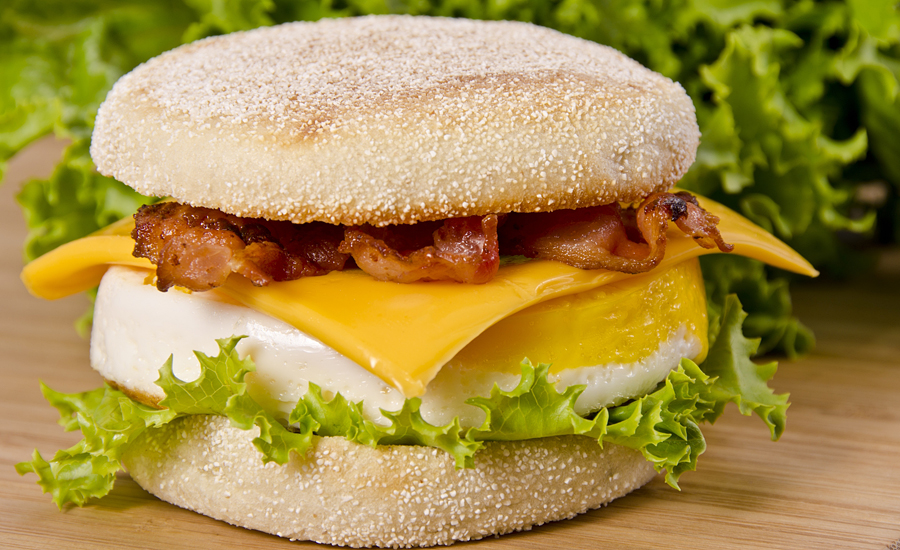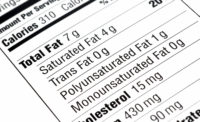U.S. consumers are returning to the convenience of frozen foods, according to the “Future of Dinner Study,” released by The NPD Group, Chicago.
Last year, frozen foods were included in 9.8 billion eating occasions in home, up 2% from a decade ago, an increase that represents billions of meals, according to NPD’s daily tracking of U.S. consumers’ eating behaviors.
“Demographic shifts, like Millennials moving into the busiest times of their lives juggling spouses, kids and a career are fueling a greater need for the convenience that frozen foods offer,” says David Portalatin, food industry advisor. “Manufacturers are also doing their part in increasing interest in frozen foods by innovating around contemporary food values and emerging flavor trends to provide convenience.”
Another growth driver for the frozen foods category is that more than 80% of meals and other eating occasions occur at home. U.S. consumers are primarily turning to frozen foods as a main meal heat-and-eat solution. Frozen vegetables and chicken are among the top frozen foods used in dinner meals.
Frozen entrées at dinner are forecast to continue to grow over the next four years, according to the study. Breakfast is another area where frozen foods are growing, with frozen waffles, breakfast sandwiches and fruit being among the most popular.
“Consumers have always realized that frozen foods offer convenience and a time savings,” says Portalatin. “Now, they also realize that frozen food is nutritional and offers the same kind of health benefits fresh food does.”



